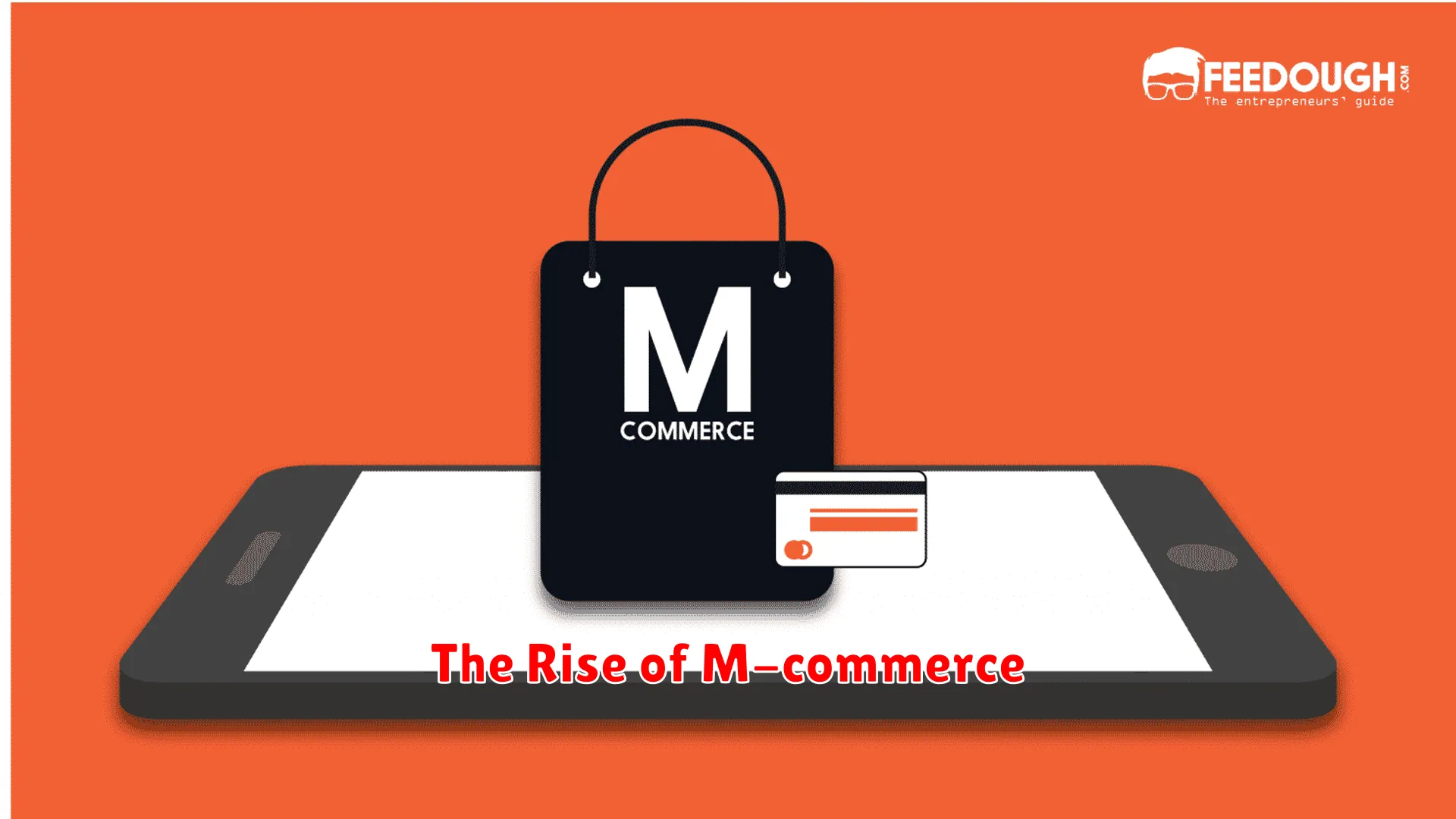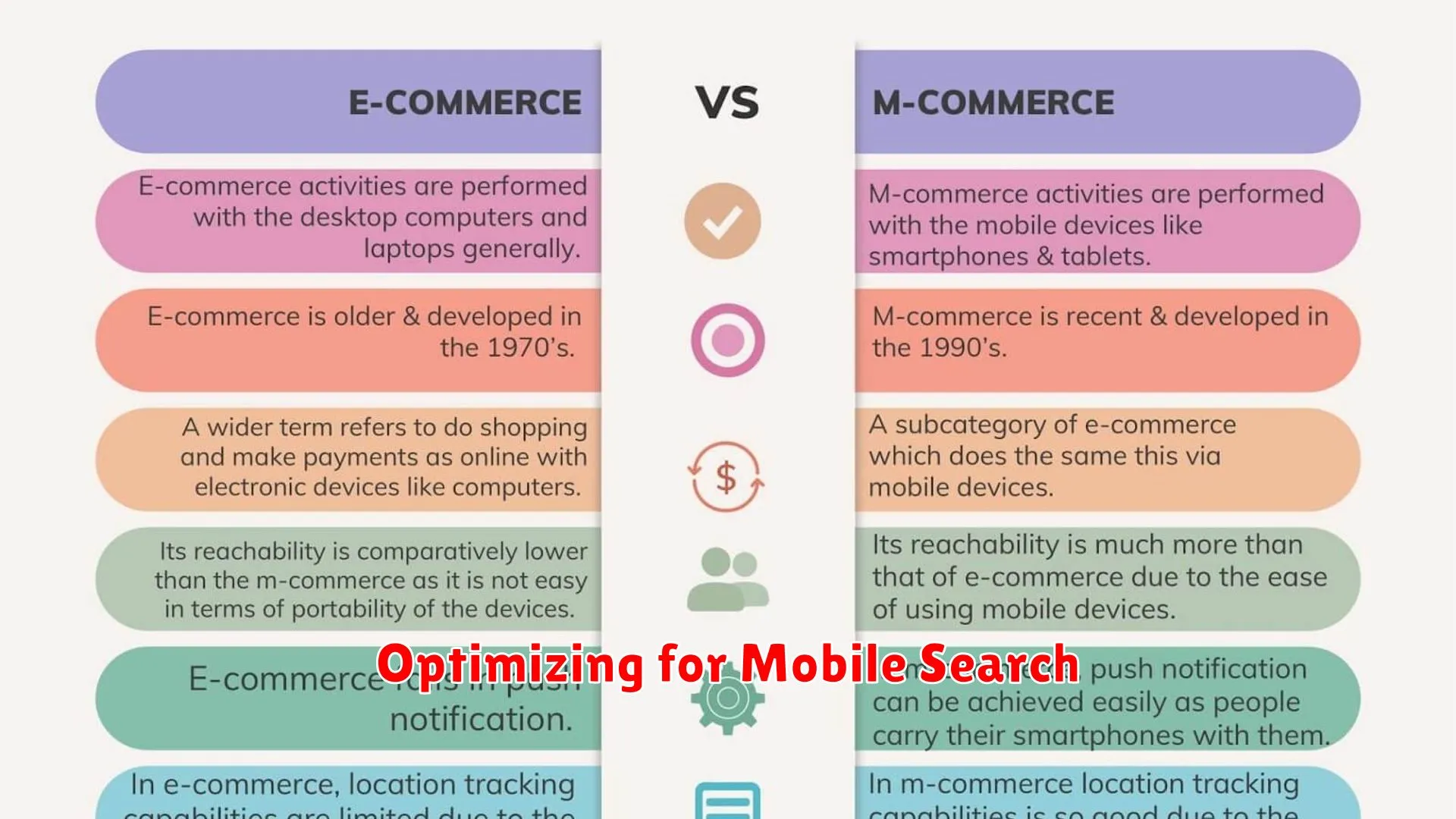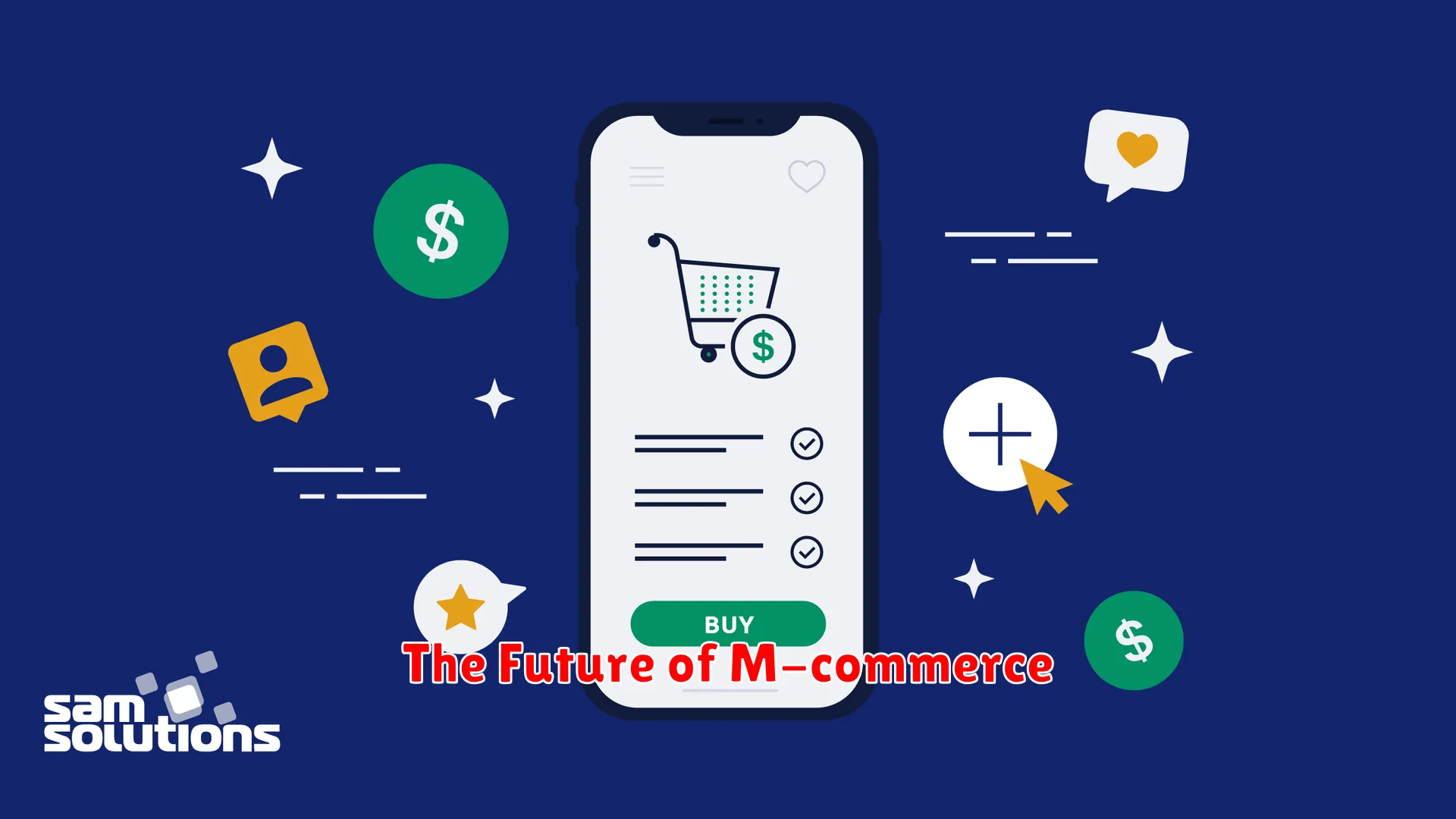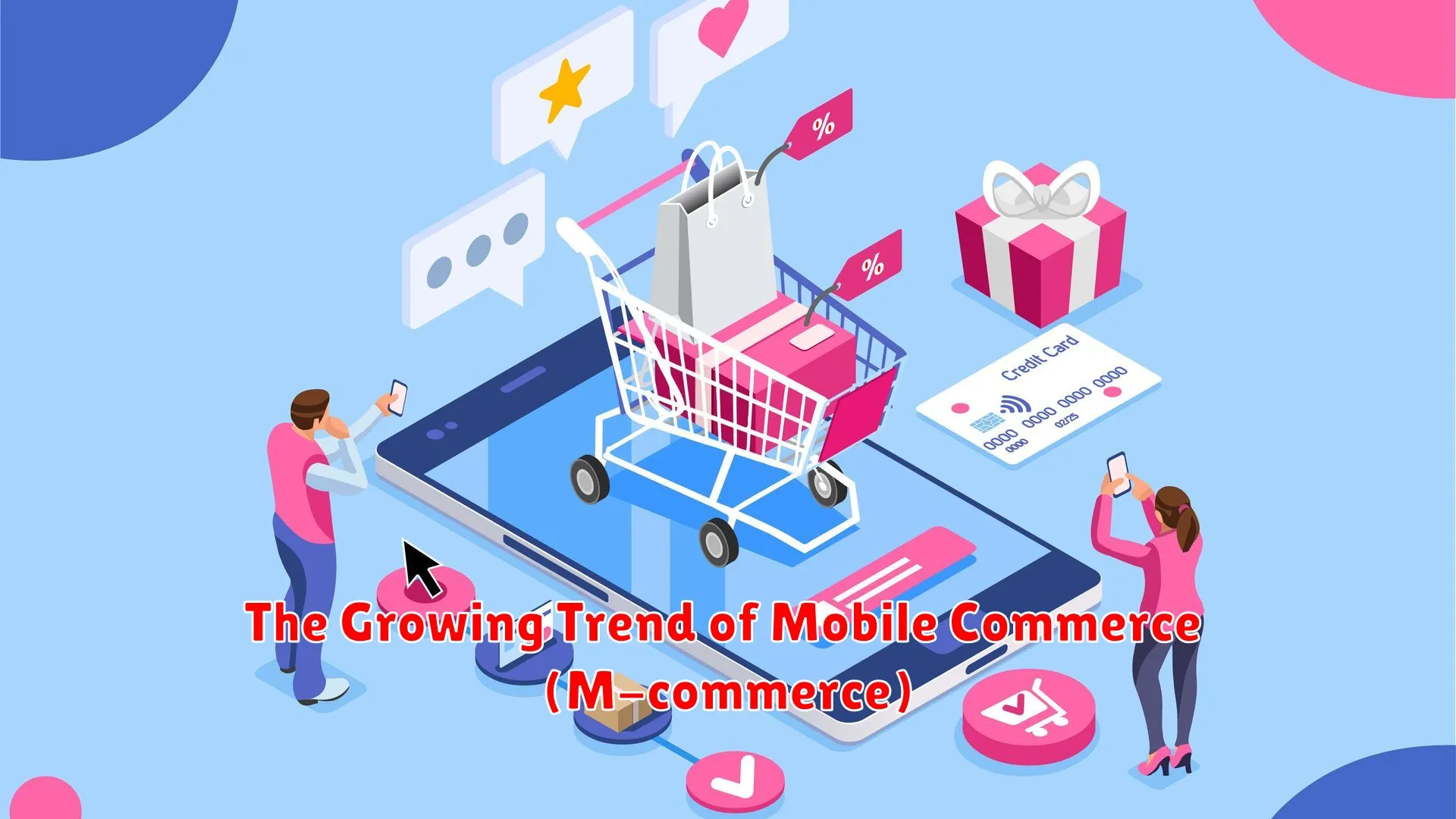Mobile commerce, or M-commerce, is rapidly gaining popularity as more consumers turn to their smartphones and tablets for online shopping. This article explores the growing trend of M-commerce and its impact on the retail industry.
The Rise of M-commerce

In today’s digital era, M-commerce has been experiencing a significant rise as more and more consumers prefer shopping through their mobile devices. The convenience and accessibility provided by smartphones and tablets have transformed the way people engage in online shopping.
Mobile commerce offers consumers the freedom to browse and purchase products or services anytime and anywhere. This accessibility has revolutionized the shopping experience, making it more convenient for individuals with busy lifestyles.
Furthermore, the evolution of mobile apps and mobile-friendly websites has enhanced the M-commerce experience. These platforms provide a user-friendly interface tailored specifically for mobile users, simplifying the shopping process and ensuring a seamless transaction.
Moreover, the integration of secure payment gateways and mobile wallets has significantly contributed to the growth of M-commerce. Consumers now have various options to make secure online payments, boosting their confidence in shopping via mobile devices.
Businesses are also capitalizing on the rise of M-commerce by optimizing their online platforms for mobile users. By creating mobile-responsive websites and developing user-friendly mobile apps, businesses can attract a wider audience and drive sales through the mobile channel.
As the trend towards M-commerce continues to grow, it is evident that mobile devices have become essential tools for online shopping. With ongoing technological advancements and evolving consumer preferences, the future of M-commerce looks promising and full of opportunities for businesses and consumers alike.
Designing Mobile-Friendly E-commerce Sites

In today’s digital era, the rising popularity of mobile commerce (M-commerce) has revolutionized the way people shop online. With more consumers turning to their smartphones and tablets for making purchases, it has become crucial for e-commerce businesses to optimize their websites for mobile devices.
When it comes to designing mobile-friendly e-commerce sites, user experience is key. Mobile users expect a seamless and intuitive browsing experience, so it’s essential to create a responsive design that adapts to different screen sizes. This includes optimizing page loading speed, simplifying navigation, and ensuring that buttons and links are easily clickable on touchscreens.
Another important aspect of designing mobile-friendly e-commerce sites is streamlined checkout process. Mobile shoppers value convenience and efficiency, so it’s important to minimize the number of steps required to complete a purchase. Implementing features such as guest checkout, auto-fill forms, and secure payment options can help to reduce friction and enhance the overall shopping experience.
Furthermore, visual design plays a crucial role in engaging mobile users. Utilizing high-quality images, clear product descriptions, and eye-catching visuals can capture the attention of mobile shoppers and encourage them to make a purchase. It’s also important to ensure that the website design is consistent across all devices to maintain brand identity and build trust with customers.
Mobile Payment Solutions

Mobile payment solutions have become a vital component of the growing trend of mobile commerce (M-commerce). With the increasing reliance on smartphones and other mobile devices for shopping and financial transactions, businesses are leveraging various mobile payment technologies to offer convenient and secure payment options to their customers.
One popular mobile payment solution is mobile wallets, which enable users to store their payment information securely on their devices. By utilizing technologies such as Near Field Communication (NFC) or Quick Response (QR) codes, users can easily make payments in-store or online with just a tap or scan of their device.
Another emerging mobile payment solution is peer-to-peer (P2P) payment apps, which allow individuals to transfer money to one another instantly through their mobile phones. These apps provide a convenient way for friends, family members, or even businesses to make quick and secure payments without the need for cash or physical cards.
Additionally, mobile payment solutions enhance the overall shopping experience by enabling contactless payments, reducing the need for physical cash or cards, and streamlining the checkout process. Moreover, the security features such as encryption and biometric authentication provide users with peace of mind when making transactions through their mobile devices.
In conclusion, the availability of various mobile payment solutions is revolutionizing the way we conduct financial transactions and driving the growth of M-commerce. As businesses continue to adapt to the preferences of mobile-savvy consumers, mobile payment solutions will play a crucial role in shaping the future of the digital economy.
Optimizing for Mobile Search

In today’s digital era, the use of mobile devices for online shopping is on the rise, leading to the growing trend of Mobile Commerce (M-commerce). As more and more consumers turn to their smartphones and tablets to make purchases, it has become increasingly important for businesses to optimize their online presence for mobile search.
Optimizing for mobile search involves ensuring that your website is mobile-friendly and easily accessible on smaller screens. This includes utilizing responsive design, optimizing page loading speed, and implementing mobile-friendly navigation.
One crucial aspect of optimizing for mobile search is to focus on local SEO. Mobile users often search for businesses or products near their current location, so incorporating local keywords and ensuring your business listings are accurate and up to date is key to capturing mobile traffic.
Additionally, leveraging structured data markup can help search engines better understand your website’s content and improve its visibility in mobile search results. By providing relevant information in a structured format, you can enhance your site’s chances of appearing in featured snippets and other prominent search elements.
As the shift towards mobile commerce continues to accelerate, prioritizing mobile search optimization is essential for businesses looking to stay competitive in the digital landscape. By adapting to the preferences and behaviors of mobile users, companies can enhance their visibility, attract more organic traffic, and ultimately drive conversions in the mobile commerce space.
The Future of M-commerce

As mobile commerce (M-commerce) continues to gain momentum in the digital landscape, its future looks promising and transformative. With the rapid advancements in mobile technology, the future of M-commerce is poised to revolutionize how consumers interact with businesses and make purchases.
1. Enhanced Personalization: One of the key aspects of the future of M-commerce is the emphasis on enhanced personalization. Businesses are leveraging data analytics and artificial intelligence to tailor personalized shopping experiences for their customers based on preferences, behavior patterns, and past interactions.
2. Seamless Omni-channel Experience: The future of M-commerce will be defined by a seamless omni-channel experience where customers can move effortlessly between different platforms and devices during their shopping journey. This integration of channels will provide convenience and flexibility for consumers.
3. Rise of Augmented Reality (AR) and Virtual Reality (VR): AR and VR technologies are set to play a significant role in shaping the future of M-commerce. These immersive technologies enable customers to visualize products in real-time, leading to a more engaging and interactive shopping experience.
4. Adoption of Voice Commerce: With the increasing popularity of voice assistants such as Siri, Alexa, and Google Assistant, the future of M-commerce will witness a rise in voice commerce where customers can make purchases using voice commands. This hands-free shopping experience is expected to simplify the buying process.
5. Security and Trust: The future of M-commerce will prioritize security and trust to build a strong relationship with consumers. Implementing robust security measures, such as biometric authentication and encryption technologies, will be crucial for ensuring the safety of transactions and user data.
Conclusion
In conclusion, the rising popularity of M-commerce underscores the shift towards convenient, on-the-go shopping experiences for consumers worldwide.

